|
1b. Ram air and static port blocked (regardless of order); Pitot tube drain remains unobstructed.

Fig 4-7 Ram air and static port get blocked at 10,000 feet and 130 knots true airspeed..
In this example an aircraft flying at 10,000 feet and having a true airspeed of 130 knots experiences blockages in both static port and ram air. As soon as the static port is blocked both VSI and altimeter freeze at their current readings, the airspeed indicator will show the wrong indicated airspeed if the aircraft is above or below the altitude of this blockage. The pressure in the static air line will remain the same since the air will be trapped. In this case it will stay at 20.58 inHg. When the ram air gets blocked next, the airspeed indicator will go to zero. Now there is no air impacting the opening of the ram air so the pressure inside the Pitot tube will basically be the same as the outside air since air can enter from the Pitot tube drain opening. This causes the pressure difference between the ram air chamber and static air line to be: 20.58 - 20.58 = 0 inHg which corresponds to an airspeed indication of zero (see chart 2-3).

Fig 4-8 Aircraft climbs 500 feet and maintains airspeed.
The aircraft now climbs from 10,000 feet to 10,500 feet. The altimeter is still frozen (due to static port being blocked) so it will continue to show 10,000 feet (the altitude at which the blockage occurred) and the VSI would have stayed at zero during the climb. The airspeed indicator will continue to show zero since the difference in pressure between the Pitot tube chamber and the static air line is less than zero (20.18 - 20.58 = -0.40 inHg). If the pressure is less than zero usually the airspeed indicator will not indicate less than zero because the needle hits a stop. If there were no stop the airspeed and needle would continue to move beyond the zero marking.
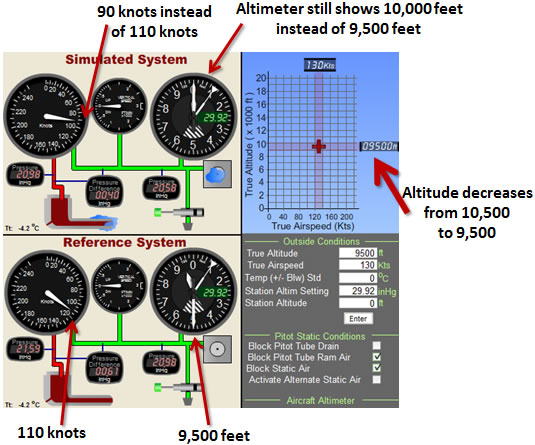
Fig 4-9 Aircraft descends to 9,500 feet (500 below blockage altitude).
Now we have the aircraft descend to 9500 feet (500 feet below the altitude at which the blockage occurred). As before there is no change in either the VSI or the altimeter. The airspeed indicator, however, will now show a positive reading, but this reading will have nothing to do with airspeed. In fact it will not change if the aircraft increases or decreases its airspeed while maintaining altitude. The pressure inside the Pitot tube chamber will be the same as the pressure outside the aircraft (20.98 inHg) because of the Pitot tube drain allowing air to enter from the outside. The difference in pressure between this chamber and the air in the static air line is now 20.98 - 20.58 = 0.40 inHg which is a positive value and will correspond to a positive airspeed indication (see chart 2-3) which in this case is about 90 knots. The reference system shows what the correct reading on the airspeed indicator would be about 110 knots since we have qc = PT - P = 21.59 - 20.98 = 0.61 inHg (see chart 2-3).
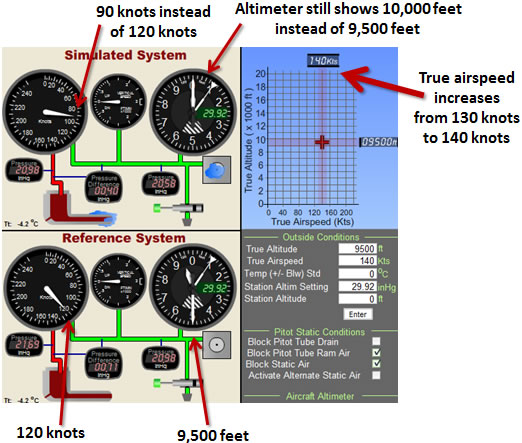
Fig 4-10 Aircraft increases true airspeed by 10 knots while maintaining 9,500 feet.
The aircraft then increases its true airspeed from 130 knots to 140 knots. Since that does not affect the pressure inside the Pitot tube chamber there is no change in what the airspeed indicator shows. In other words the difference in pressure between the chamber and the static line is still 0.40 inHg.
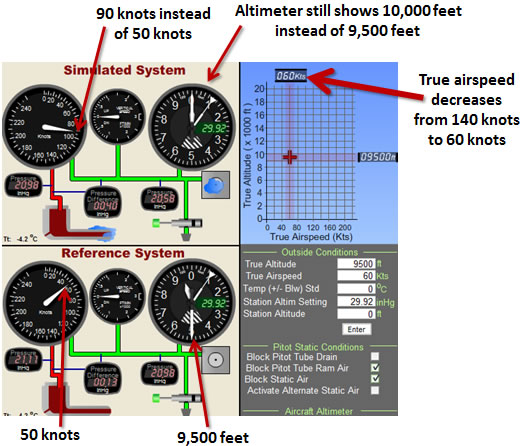
Fig 4-11 Aircraft maintains altitude and decreases true airspeed to 60 knots true airspeed.
The danger of this situation is that the pilot may think a certain airspeed is being maintained and either increase or decrease the aircraft's airspeed to a dangerous amount. Here the airspeed decreases to 60 knots true airspeed which may be below the aircraft stall speed. The indication on the airspeed indicator is still 90 knots (since the pressure difference is the same) when in reality it should be indicating 50 knots (see reference system). In other words the difference should be qc = PT - P = 21.11 - 20.98 = 0.13 inHg and this is 50 knots according to chart 2-3.

Fig 4-12 Aircraft descends another 500 feet (1000 ft below blockage) and maintains airspeed.
This situation can be aggravated further if the aircraft's altitude decreases. In this case the aircraft descends another 500 feet to 9000 feet while maintaining true airspeed. The pressure in the Pitot tube chamber is now 21.39 inHg which is the atmospheric pressure at that altitude. The difference in pressure between the chamber and of the static air line is now 21.39 - 20.58 = 0.81 inHg which corresponds to a airspeed indication of 130 knots (see chart 2-3). As seen in the reference system, this indication should actually be 50 knots since we have qc = PT - P = 21.52 - 21.39 = 013 inHg (see chart 2-3). It is possible that the pilot could inadvertently slow down the aircraft even further thinking the 130 knots reading was correct..
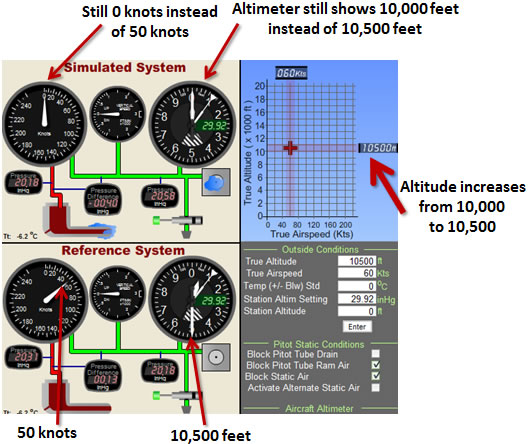
Fig 4-13 Aircraft climbs back to 10,500 feet (500 feet above blockage) and maintains airspeed.
Going back to when the aircraft was at 10,000 feet (blockage altitude), recall that climbing to any altitude above that will cause the airspeed indication to remain at zero. Here we have the aircraft at 60 knots true airspeed climbing from 10,000 to 10,500 feet and maintaining true airspeed.
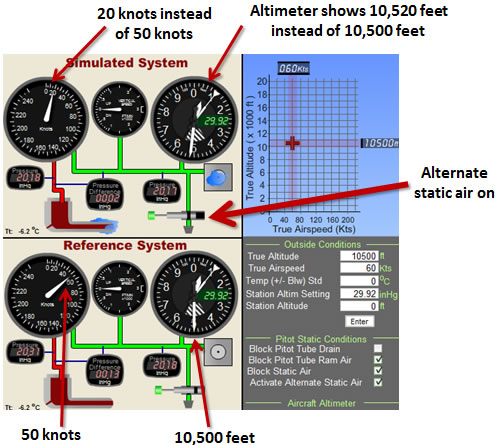
Fig 4-14 Alternate static port activated.
Most of the issue with the VSI and altimeter would be mitigated if the alternate static air is activated (if available). The altimeter may be off by a few feet depending if the static air pressure from the alternate static air is slightly below (higher altitude indicated) or slightly above (lower altitude indicated). In most cases this error is very small. In this example the altimeter shows 10,520 feet instead of 10,500 feet which is a 20 feet difference. The airspeed indicator will still be unusable since it depends on the ram air to be unobstructed. The behavior of the airspeed indicator will now be the same as in scenario 2a.
If the alternate static air does not work or is not available and the Pitot tube drain also gets blocked this scenario becomes scenario 1e. The airspeed indicator, VSI and altimeter will freeze at their current indications.
Note also that if the ram air is blocked by ice then it may be possible to activate Pitot tube heat, if available, to melt the ice and clear the obstruction and allow the ram air to operate once again.
|

